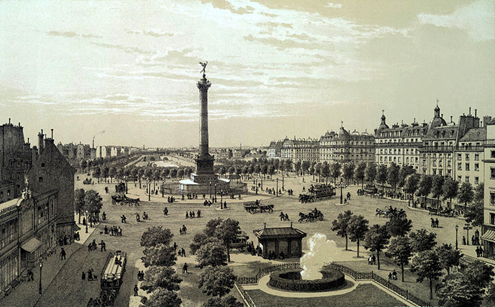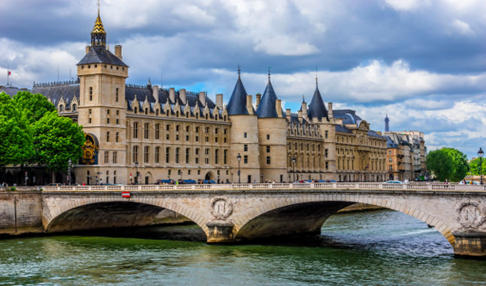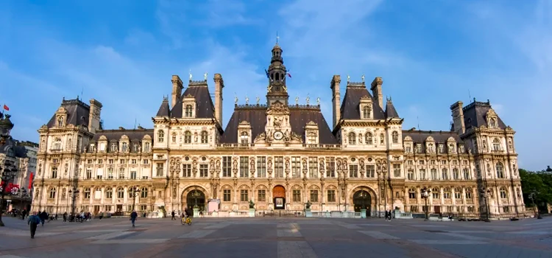1. PLACE DE LA CONCORDE

One of my favorite facts to explain to tourists strolling the raised promenade of Jardin des Tuileries facing Place
de la Concorde, is that this neoclassical array of minted fountains, statues, and the gold capped obelisk glistening
in the sun and pointing towards the Champs-Elysées, was actually the main execution site during the French
revolution, where over 1, 119 people were guillotined, including Louis XVI and Marie Antoinette.
2. PLACE DE LA BASTILLE

The storming of La Bastille, a dilapidated prison, on July 14th 1789 signified the beginning of the French
revolution, and the transformation of France as a nation hence the widely celebrated national holiday “Fête de la
Bastille.” Where the old prison once stood there is now the Colonne de Juillet, the July column which commemorates
the revolution of 1830.
3. LA CONCIERGERIE

First constructed in the 14th century and remarkably still standing in excellent condition today, la Conciergerie on
Île de la Cité, was a focal point of the French revolution during which it imprisoned over 2,700 people including
Marie Antoinette, all of whom were later executed at the guillotine. Tours of Marie Antoinette’s cell where she
spent her final days are hosted regularly.
4. HÔTEL DE VILLE

Originally built in 1357 by the mayor of Paris, then updated from 1535-1551 to a more Renaissance architecture that
was improved upon in the 19th century with Renaissance revivalist details after part of the building was burned
during the Paris Commune. The esplanade in front of the imperious edifice had served as a site for executions since
as early as the 14th century hence the site’s importance in Victor Hugo’s, “Notre Dame de Paris,” or “The Hunchback
of Notre dame.” During the French revolution it served as the headquarters for the revolutionaries and continued its
purpose as a site of execution.
5. ASSEMBLÉE NATIONALE

The French Revolution itself finds its origins with the National Assembly which took over from the previous
oligarchic parliament, whose limited, a nice way of saying absent, representation of the third estate, in other
words 90% of the population, led to the storming of the Bastille and the replacement of the previous parliament with
the establishment of the National Assembly. The Assemblée Nationale still retains the revolutionary name and remains
the primary site of legislative action, discussion, and debate in France.